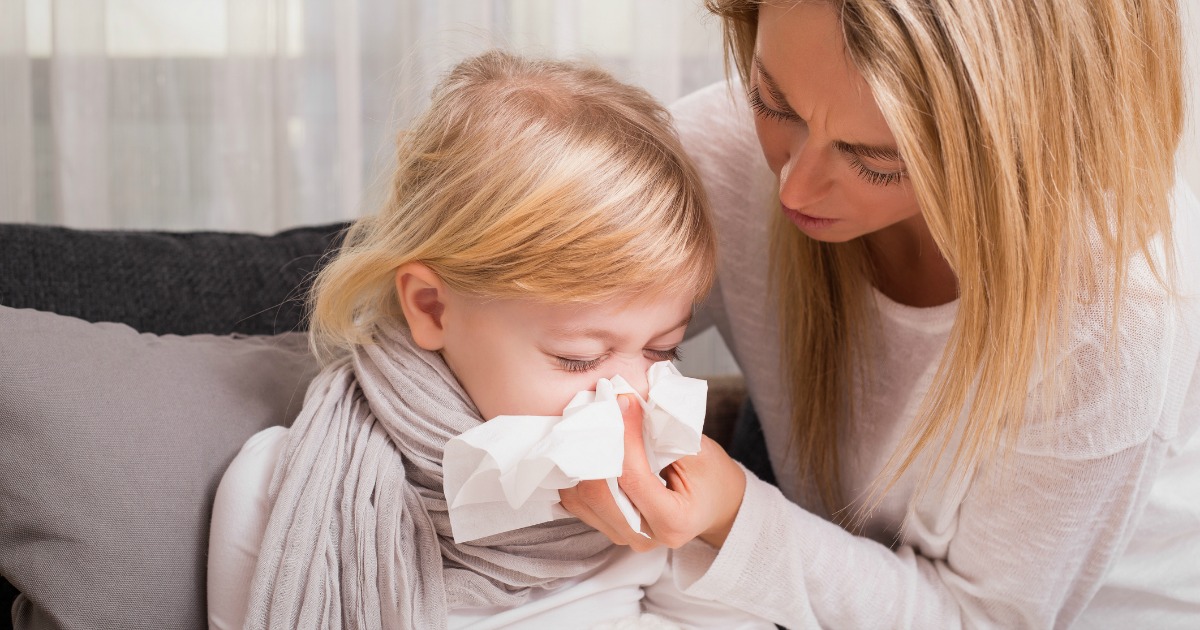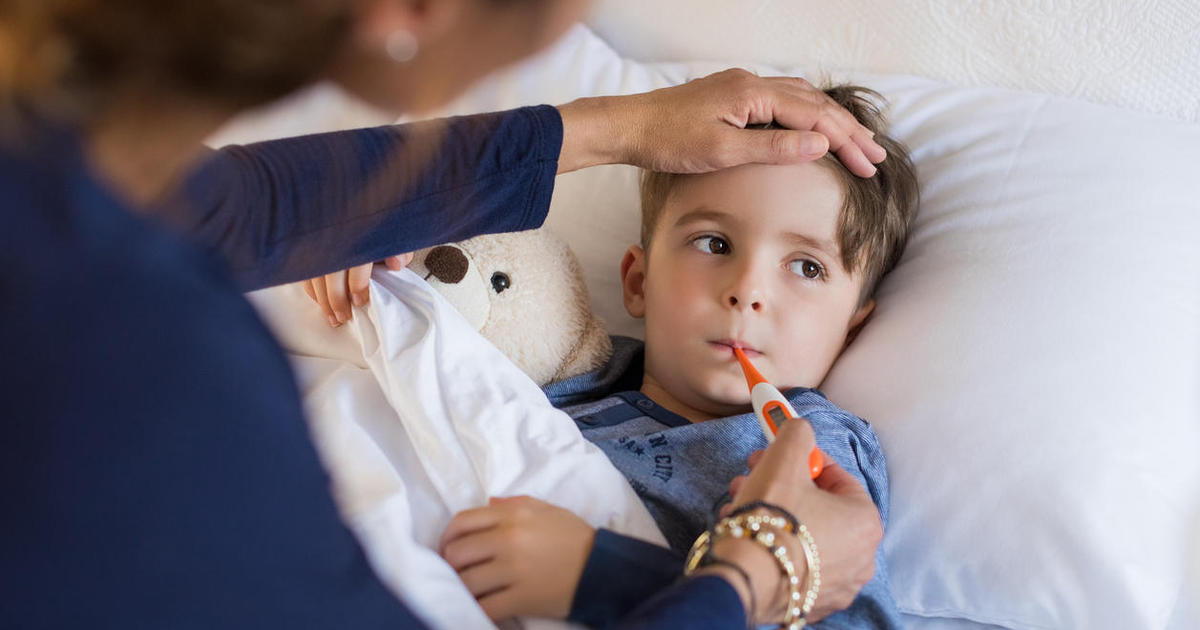Warning Signs Of Roseola
Roseola is caused by a viral infection. The illness has a quick onset but also has a relatively short life. It is mildly contagious and usually affects children under two years old, although there have been cases in older children, teens, and adults as well. Because roseola is usually mild, individuals might not even recognize the symptoms. Thankfully, roseola is pretty benign and is rarely a serious illness most children have contracted before they go to kindergarten. However, understanding its symptoms and effective treatments is still quite beneficial.
Mild Upper Respiratory Illness

A typical sign of roseola is a mild upper respiratory illness. Everyone generally knows what a cold looks like. Patients might get a stuffy or runny nose, a cough, or a combination of every common cold symptom. Generally, a mild upper respiratory illness like the common cold takes a little bit of time to run its course and it is over. What patients need to look for are other signs that might indicate it is roseola.
Because the illness comes on so fast and is over quickly, individuals might not notice any other symptoms. It might present differently than a cold because it can be accompanied by a fever. The most patients can do with these symptoms is to manage them with over-the-counter medication, as there is really no way to cure the symptoms.
High Fever And Febrile Seizures

Roseola can cause high fever and febrile seizures. A child afflicted with the illness will not always have a high fever, but it is a possibility. A febrile seizure is caused by a dramatic increase in the patient's body temperature. These seizures can last from seconds to minutes and can be very scary. Even though they are typically not too dangerous, a child should still be seen by their doctor or an emergency room to make sure everything is okay.
When a child suffers a febrile seizure along with the cold symptoms, the doctor should evaluate whether they might have roseola. The fever should be treated, and the child might need anti-viral medication if an infection is found. Other than that, this kind of seizure just needs to be monitored and the symptoms managed.
